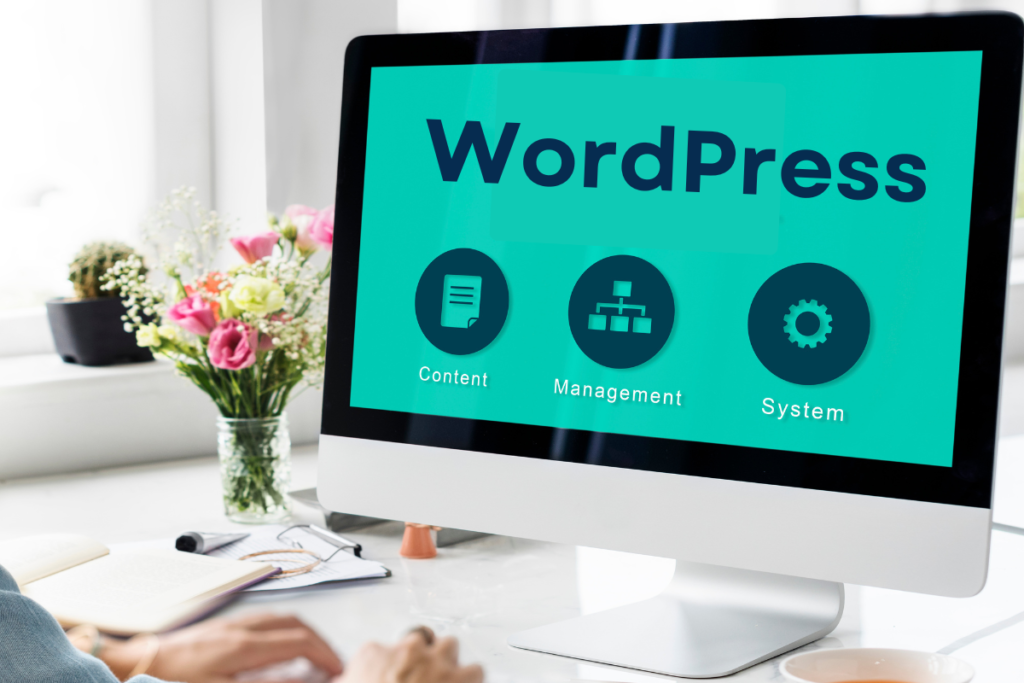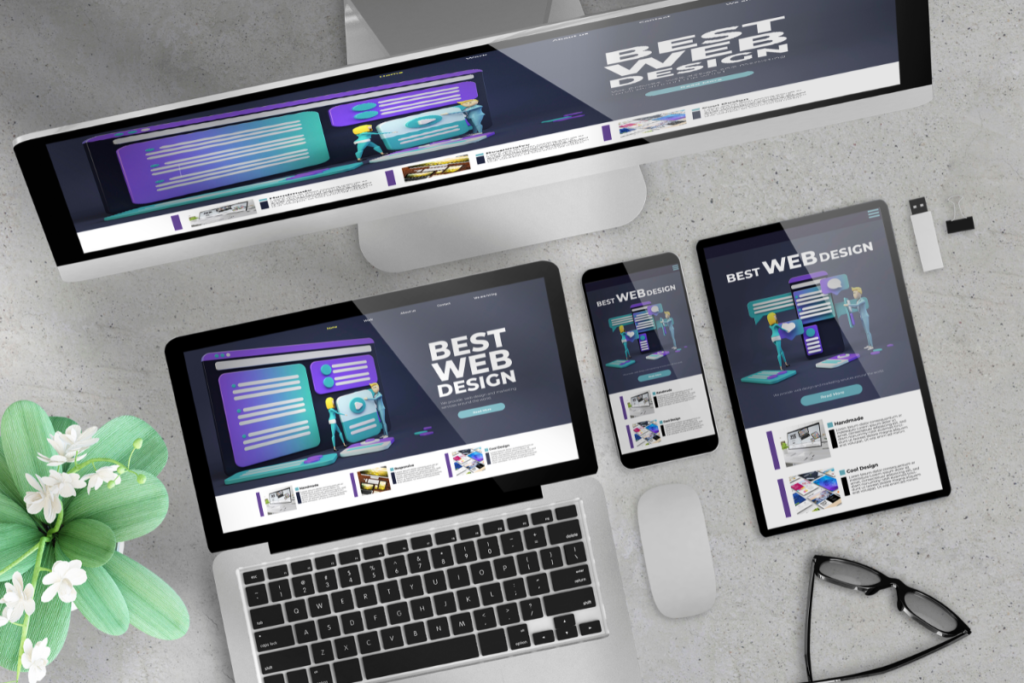Why is WordPress the Best CMS for Web Development?
WordPress is the most popular tool for building websites, with over 40% of all websites on the internet using it. It started in 2003 as a simple blogging tool but has grown into a powerful platform that can be used for all kinds of websites. Its popularity is due to its ease of use, flexibility, and strong community support. Statistics show that WordPress powers over 63% of all websites that use a content management system (CMS). This reflects its ability to cater to a wide range of needs, from personal blogs to complex business sites. Top 10 Reasons Why WordPress Is the Best Choice for CMS Web Development 1. User-Friendly Easy to Use: WordPress is designed with a focus on simplicity and user experience. The dashboard is intuitive, with a straightforward layout that allows users to manage content efficiently. Even those without any coding knowledge can navigate through the system, add new pages or posts, and update existing content. Example: If you want to add a new blog post, you simply go to the “Posts” section, click “Add New,” enter your text, and hit “Publish.” The visual editor is similar to using a word processor, making it accessible for everyone. 2. Flexible and Customizable Themes and Plugins: WordPress offers a vast selection of themes and plugins. Themes control the design and layout of your site, while plugins add specific features or functionalities. This allows you to customize your site to match your brand and needs. Example: Suppose you want a contact form on your site. You can choose from various contact form plugins like Contact Form 7 or WPForms, and you can select a theme that aligns with your brand’s aesthetic from thousands of available options. 3. SEO-Friendly Better Visibility: WordPress is built with search engine optimization in mind. It includes features that help improve your site’s visibility in search engines, such as clean permalink structures, the ability to add meta tags, and more. Example: Using the Yoast SEO plugin, you can optimize your content with keywords, generate XML sitemaps, and analyze your content’s readability. This helps search engines understand and rank your site better. 4. Mobile Responsive Works on All Devices: Many WordPress themes are designed to be mobile responsive, meaning they adjust their layout based on the device’s screen size. This ensures that your site looks and functions well on smartphones, tablets, and desktops. Example: A responsive theme will rearrange elements like navigation menus and images to fit smaller screens, providing a seamless experience whether your visitors are using a phone or a desktop computer. 5. Scalable Grows with Your Needs: WordPress can accommodate websites of any size and complexity. As your site grows, you can easily add more features, pages, and content. This scalability makes it suitable for both small personal blogs and large corporate websites. Example: You can start with a basic blog and, as your business expands, integrate features like an online store, booking system, or membership area without needing to switch platforms. 6. Strong Community Support Help and Resources: WordPress has a large and active community of developers, designers, and users. This community contributes to forums, blogs, and tutorials, providing a wealth of resources and support. Example: If you encounter a problem or need to learn how to add a feature, you can find countless tutorials on YouTube or detailed guides in WordPress forums. 7. Cost-Effective Free to Use: WordPress itself is free and open-source, which means you can download and use it without any cost. Many themes and plugins are also available for free, although there are premium options for those who want additional features. Example: You can build a fully functional website using free themes and plugins, spending money only if you choose to purchase premium themes, plugins, or a custom domain. 8. Security Regular Updates: WordPress is frequently updated to address security vulnerabilities and improve functionality. It also offers a range of security plugins to enhance your site’s protection. Example: Plugins like Wordfence provide firewall protection, malware scanning, and login security features to help safeguard your site from potential threats. 9. Multilingual Support Different Languages: WordPress supports multiple languages, making it easier to create multilingual websites. This feature is beneficial for reaching a global audience. Example: With plugins like WPML or Polylang, you can translate your site’s content into different languages and provide a localized experience for users around the world. 10. Easy Content Management Organize Content: WordPress allows you to efficiently manage and organize your content. You can categorize posts, add tags, and create custom menus to structure your site in a way that makes sense for your audience. Example: If you run a blog about travel and food, you can create categories like “Travel” and “Food,” and use tags for specific destinations or recipes, helping visitors easily find related content. Overall, WordPress is a versatile and user-friendly platform that offers a range of features and tools to help you create and manage your website effectively. Unique Advantages of WordPress That Set It Apart From Other CMS Platforms like Drupal or Custom-coded Websites WordPress stands out from other CMS platforms like Drupal and custom-coded websites due to its unique features and benefits. With an extensive library of over 60,000 plugins, users can easily add a wide range of functionalities without needing to write code. Its user-friendly interface ensures that even those with minimal technical skills can manage and update their websites effortlessly. 1. Extensive Plugin Library Unique Advantage: WordPress has a vast library of plugins (over 60,000) that can add almost any functionality to your website without needing custom coding. This includes everything from SEO tools to advanced e-commerce features. Example: You can find plugins for specific needs, like integrating social media feeds, adding chatbots, or creating custom forms, which can be challenging to implement in other CMS platforms. 2. User-Friendly Interface Unique Advantage: WordPress is renowned for its user-friendly and intuitive interface. Unlike some other CMSs that may have steep learning curves or require technical knowledge, WordPress is
Why is WordPress the Best CMS for Web Development? Read More »
Blog






